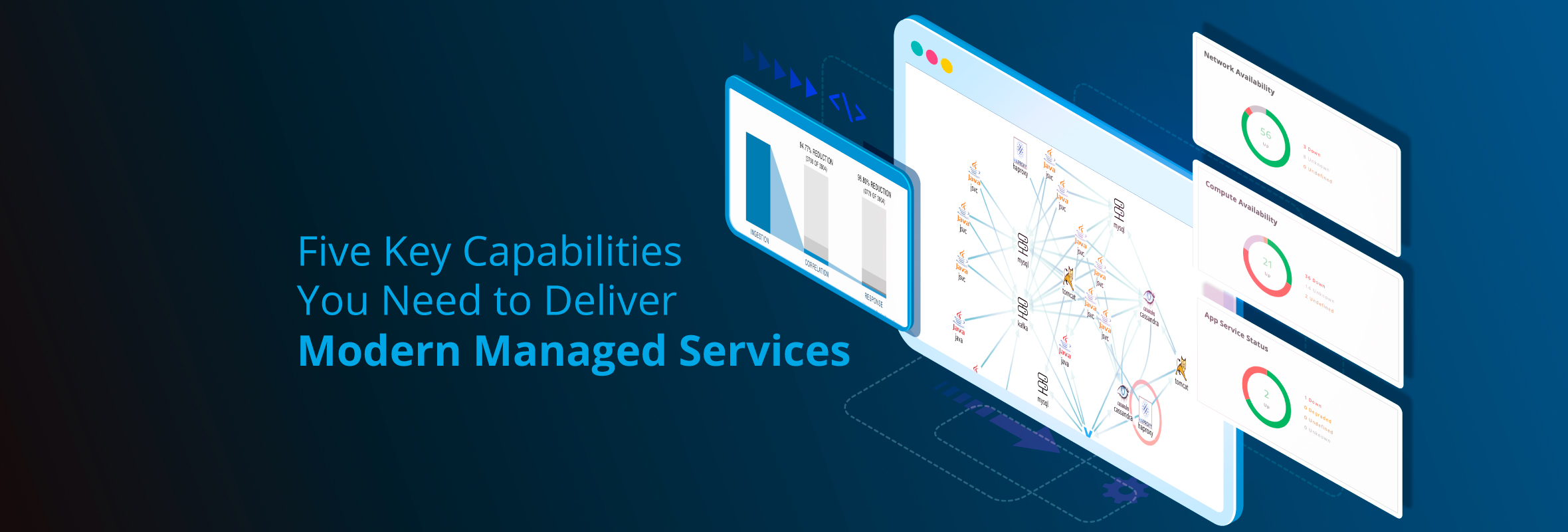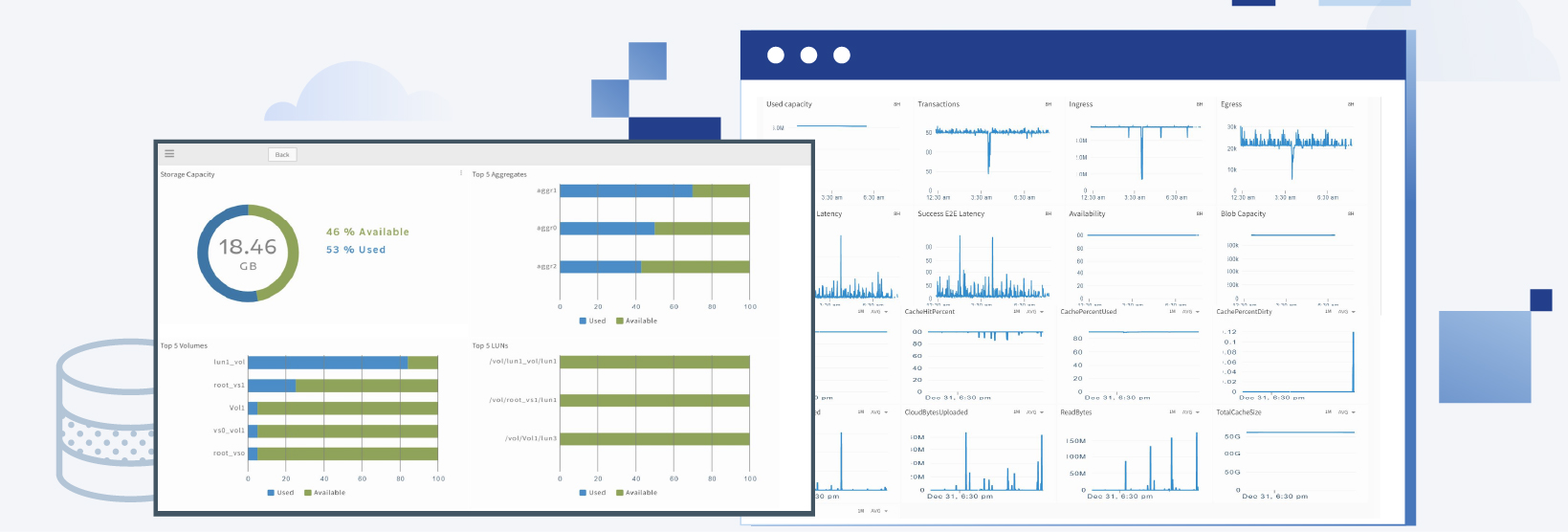The following first appeared in DevOps.com.
IT is in a state of change on a consistent basis, but never more so than now. With the increasing importance of the digital customer experience across all industries, technology is at a new inflection point in how it can fundamentally impact executive priorities. And while nobody can speak for the direction of IT as a whole, there are a few resources so comprehensive that they’re worth reviewing when they’re released.
Take, for example, the 2019 Harvey Nash/KPMG CIO Survey. It’s the largest global survey of CIOs with data from 3,645 respondents across 108 countries. IT leaders who participated in the survey controlled a whopping $250+ billion in annual IT budgets. The CIO survey examines how board priorities, technology adoption, skills gaps and IT leadership is changing in the age of digital business.
Here are three insights that explain the tectonic shifts occurring in enterprise IT teams today.
Digital Leadership: Three Steps to Becoming a Digital Native
The 2019 Harvey Nash/KPMG CIO Survey shows only 30% of IT organizations are digital leaders. These organizations are unusually adept at “using digital technologies to advance their business strategy,” and can launch innovative solutions that generate new revenue streams, enable faster time to market and cut down operational costs. Here are three defining characteristics of what it takes to be a digital leader in 2019:
- It’s All About Data. Data management and analytics is a core competency of leading IT organizations. Digital leaders are in a strong position to maximize the value of their organizational data by extracting, aggregating and curating the right information. This data is then used to train machine learning models, create high-value assets and deliver customer value on an ongoing basis.
- Speed of Execution. Digital leaders are willing to either quickly double down on successful experiments or pull the plug on products that don’t deliver expected value. They are also more likely to leverage agile and DevOps practices to increase software release velocity and iterate rapidly on solutions using fast feedback loops.
- Expansive Mindset. Digital leaders have transitioned from project thinking to product-centric innovation for creating enduring value from their software investments. They also build cross-functional teams across their business and IT silos for better collaboration and faster decision making for digital transformation initiatives.
 |
What Does This Mean? CIOs will need to embrace big data analytics, agile delivery models and product-centric teams to create the right foundations for digital business. Without proper foundational investments, IT leaders will struggle to meet business demands, gain customer trust and withstand competitive pressures in the face of escalating customer expectations. |
Business-Managed IT: How Shadow IT Finally Became Respectable
In the last decade, the adoption of cloud services led to the phenomenon of shadow IT where business units would directly buy cloud solutions without consulting IT teams. CIOs resented their growing irrelevance and tried their best to bring shadow IT under their control.
The 2019 CIO survey confirms 64% of enterprises have made peace with business-managed IT investments. In fact, 10% of IT leaders actively endorse this approach. What factors have led IT teams to change their mind on
shadow IT?
The survey shows organizations with business-led IT scored better on key metrics than organizations without any mandate for business-managed technology spend. Business-led IT organizations delivered “better customer experiences and faster time to market for new products (52% more likely) as well as positive employee experiences (38% more likely).”
For business-managed IT spending to be truly successful, CIOs will require the right guardrails in the form of central IT oversight. The 2019 CIO survey makes the case that organizations without IT team involvement are twice as likely to have multiple security issues and are also less likely to build customer trust with their
technology investments.
 |
What Does This Mean? Instead of actively opposing shadow IT investments, CIOs should partner with their business counterparts to create effective governance and operating models for business-managed IT spending. Central IT oversight will ensure the right support for digital business initiatives, reduce the risk of unauthorized breaches and minimize wasted spend. |
Influencing Without Authority: What It Takes to Be an Effective Technology Leader
Board membership for CIOs dropped this year, with only 58% of IT leaders being part of the executive team in 2019 as compared to 71% in 2017. Does this mean CIOs no longer have executive backing for orchestrating and executing digital business strategies in their enterprise?
The 2019 CIO Survey indicates board membership, headcount or annual budgets are not the right indicators of the power and influence of technology leaders. Instead, CIOs should focus on building trust across organizational boundaries, creating partnerships with the right executive stakeholders and ensuring the success of critical initiatives. CIOs working for digital leaders are comfortable exerting influence without authority and are driving organizational growth, by being “three times more likely to collaborate strongly with business leaders.”
 |
What Does This Mean? Formal board membership or the size of the IT team is not the best way to assess CIO influence. The best technology leaders ensure successful enterprise transformation by garnering strong commitment from the board, building digital capabilities with cross-functional teams and creating a sense of urgency for rapid innovation. |
Next Steps:
- Read more on the use cases and success of artificial intelligence for IT Operations (AIOps) with our State of AIOps Report.
- Schedule a custom demonstration to understand how your organization can benefit from a modern ITOM platform.
- Follow us on Twitter, LinkedIn, and YouTube.






